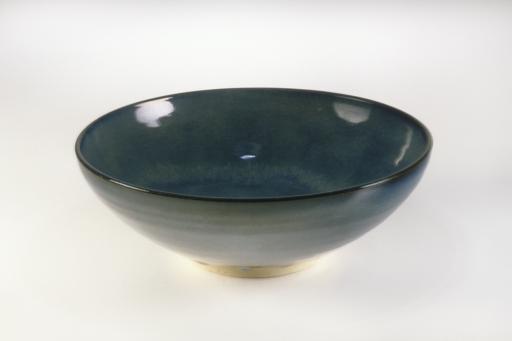bowl, Shinichi Koyama
Artwork Overview
Shinichi Koyama, artist
born 1939
bowl,
date unknown
Where object was made: Japan
Material/technique: stoneware; glaze
Credit line: Museum purchase: R. Charles and Mary Margaret Clevenger Fund
Accession number: 1999.0026
Not on display
If you wish to reproduce this image, please submit an image request

